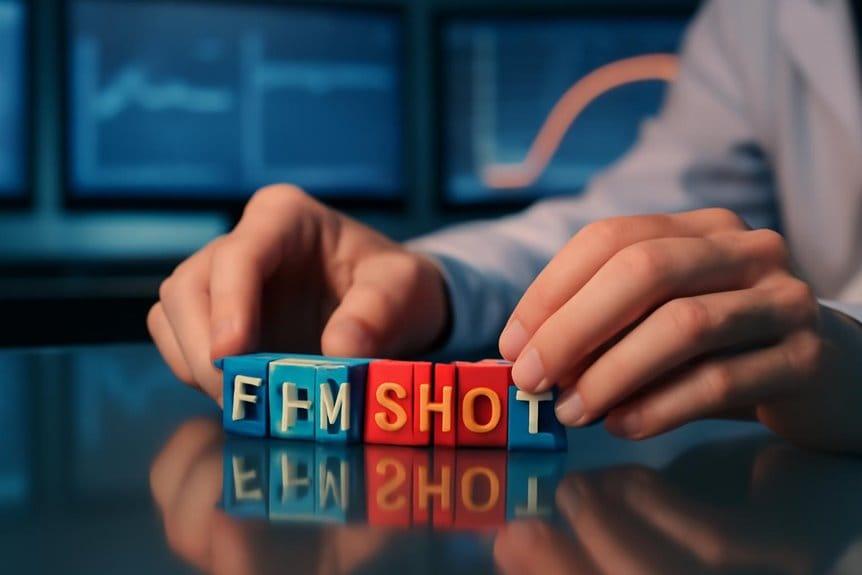AI systems can now learn new tasks from just a handful of labeled examples. They use pretrained knowledge, meta‑learning and data augmentation to generalize from limited input. Recent transformer models even adapt in context without fine‑tuning. Practical hurdles remain, including synthetic data quality, labeling strategies, and evaluation standards. Applications include rare disease diagnosis, personalized assistants and on‑site robotics. The overview below explains core techniques, limits and paths for making few‑shot learning reliable and enabling adoption.
Key Takeaways
- Yes: modern methods enable learning from 1–10 labeled examples by leveraging pretrained priors and efficient adaptation techniques.
- Core approaches include transfer learning, meta-learning (e.g., MAML), data augmentation, and soft-label strategies to boost generalization.
- Large transformers perform in-context learning, adapting at inference without fine-tuning, supporting rapid task acquisition from few examples.
- Challenges remain: creating high-quality small datasets, ensuring fidelity, automating dataset generation, and robust evaluation metrics.
- Practical uses include rare-disease diagnosis, personalized assistants, and on-site robotics tasks where collecting large datasets is infeasible.
What Is Few-Shot Learning and Why It Matters
How can an AI recognize a rare bird from only a handful of photos? Few-shot learning enables models to learn new tasks from roughly five to ten labeled examples, far fewer than conventional methods. It prioritizes generalization so a model can extend limited observations to new instances, reducing dependence on large training data collections. Innovations such as soft labels and data compression help extract maximal signal from each example, making adaptation efficient in data-scarce scenarios. This shifts expectations about annotation requirements: systems become capable of rapid task acquisition with minimal annotated input. The approach constitutes a breakthrough, improving practicality for niche applications where collecting extensive datasets is impractical or impossible. Researchers emphasize evaluation on real-world rare classes to validate few-shot performance and robustness measures. Additionally, tools such as AI Writer streamline content creation by rapidly generating original content, highlighting AI’s potential to transform workflows across various domains.
Core Techniques: Transfer, Meta-Learning, and Data Augmentation
Why do transfer learning, meta-learning, and data augmentation form the backbone of few-shot systems?
| Technique | Role |
|---|---|
| Transfer learning | Pretrained priors |
| Meta-learning | Rapid adaptation |
| Data augmentation | Synthetic diversity |
The field leverages pretrained representations via transfer learning, then applies meta-learning (e.g., MAML) to optimize rapid adaptation, while data augmentation expands scarce labels through transformations. Together they enable models to generalize from 1–10 examples by combining broad priors, adaptable learning rules, and synthetic diversity. Empirical results show these components complement each other: pretraining provides strong initialization, meta-learning sharpens update efficiency, and augmentation reduces overfitting. Practitioners integrate all three to reach reliable performance on new tasks with minimal data. Research continues to refine interfaces among these techniques to further shrink data needs while maintaining robustness and transferability across domains. As AI continues to evolve, ethical and responsible AI remains a crucial aspect, ensuring that few-shot learning models are developed with fairness and safety in mind.
Breakthroughs: In-Context and “Less Than One”-Shot Approaches
Although pretrained models traditionally required fine-tuning, recent breakthroughs show that large transformers can adapt to new tasks at inference time by conditioning on a handful of examples—an ability known as in-context learning.
Researchers have found that transformers embed internal linear models within hidden states; these can be extracted and used so the model learns new classification mappings without parameter updates.
Theoretical work proves such embedded linear predictors can represent classifiers over thousands or millions of categories given few exemplars.
Empirical studies show adding layers enhances this emergent mechanism, enabling dynamic task adaptation.
Together, results indicate large models store algorithmic knowledge enabling rapid generalization from minimal exemplars.
Synthetic data remains a complementary tool to exercise and probe these in-context capabilities during development and evaluation phases.
By leveraging DeepAI Text Generator, content creators can enhance productivity and maintain consistent output while exploring innovative AI advancements.
Practical Challenges and Limitations to Overcome
While few-shot paradigms promise dramatic reductions in labeled data, practical deployment is constrained by several interlocking challenges: designing effective soft-labeled datasets for neural models requires substantial manual or algorithmic effort; crafting tiny synthetic corpora raises issues of fidelity, quality control, and information sufficiency for generalization. It remains unclear how reliably methods that work for simple algorithms (e.g., kNN) transfer to complex, real-world networks. Engineering scalable automation to generate useful small datasets without large initial corpora is unresolved, complicating reproducibility and production use. Tensions between minimal data and the accuracy, robustness, and calibration required in Machine Learning systems demand rigorous evaluation protocols. Practitioners need better metrics, tooling, and validated tools you can use to assess and remediate dataset weaknesses before deployment in operational settings. Additionally, the AI detection capabilities ensure that the few-shot learning models are not only efficient but also maintain content originality and integrity.
Real-World Applications and the Road Ahead
Building on the identified constraints, few-shot learning’s ability to generalize from five to ten examples opens concrete opportunities across sectors. Healthcare can use minimal records to build diagnostic models for rare diseases, reducing labeling burdens. Personalized assistants adapt to users after few interactions, improving utility without heavy data collection. Robots and drones learn on-site tasks, lowering retraining costs. Broader deployment depends on robust, data-efficient models and governance that address privacy and bias. Early pilots illustrate potential; scalable adoption requires standards, evaluation benchmarks, and tooling. Integration with content management systems enhances workflow efficiency, supporting diverse applications. The road ahead emphasizes collaboration between researchers, domain experts, and regulators to translate prototypes into dependable services.
| Sector | Benefit | Challenge |
|---|---|---|
| Healthcare | Diagnosis with limited data | Privacy, validation |
| Robotics | On-site task learning | Safety, robustness |
Measured progress will enable responsible scaling soon.

